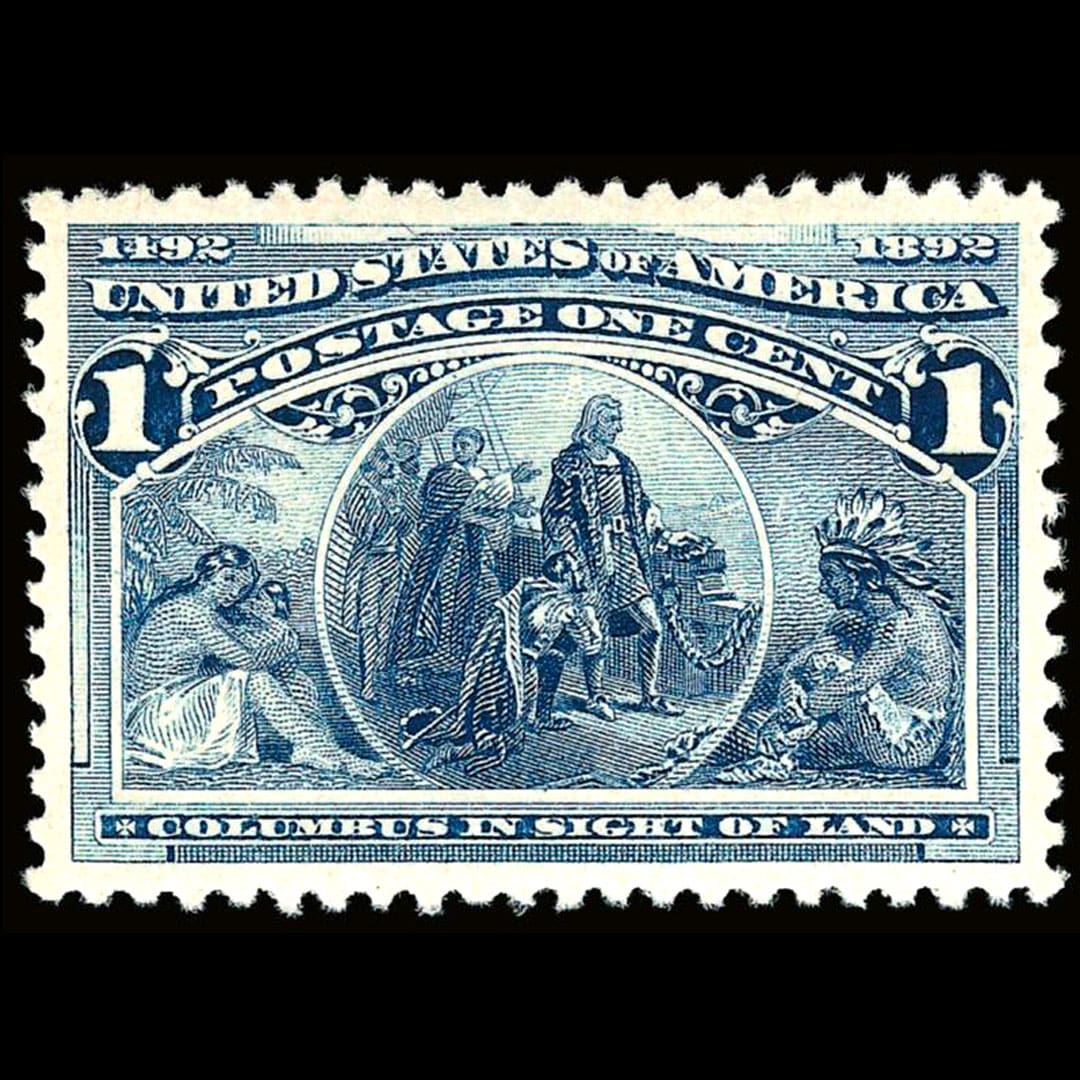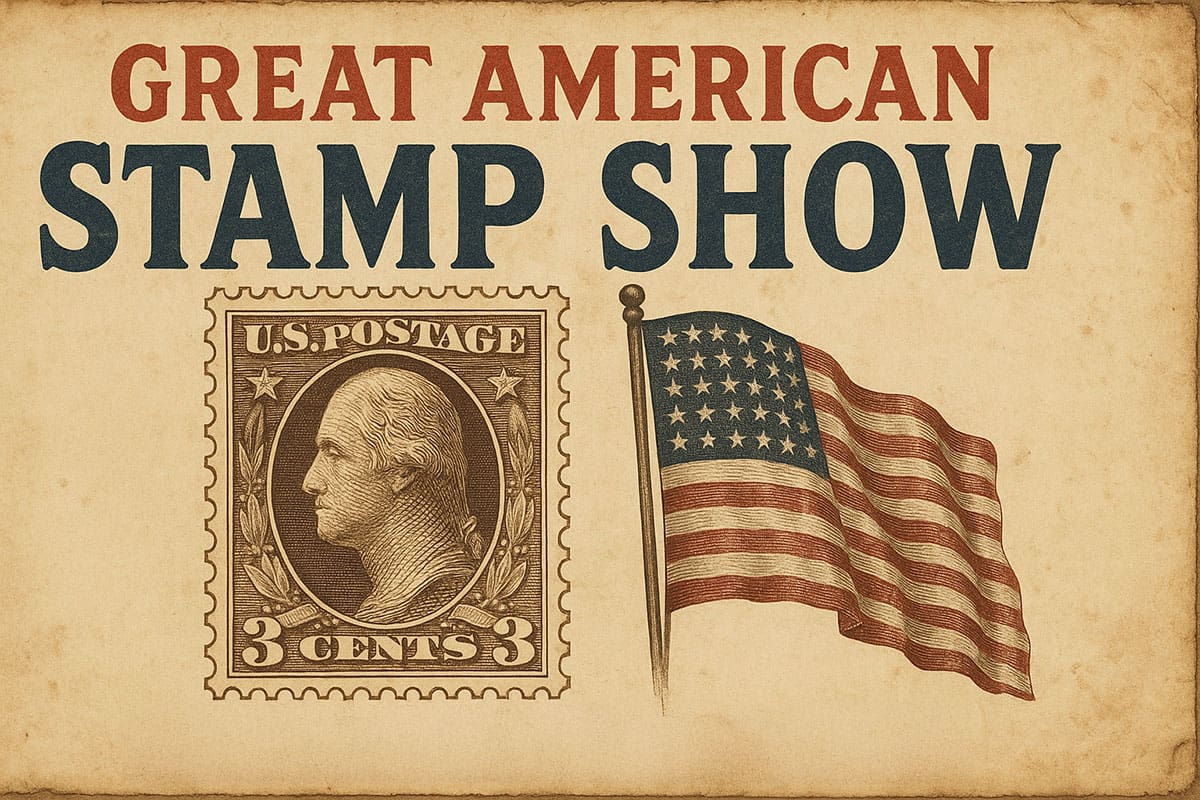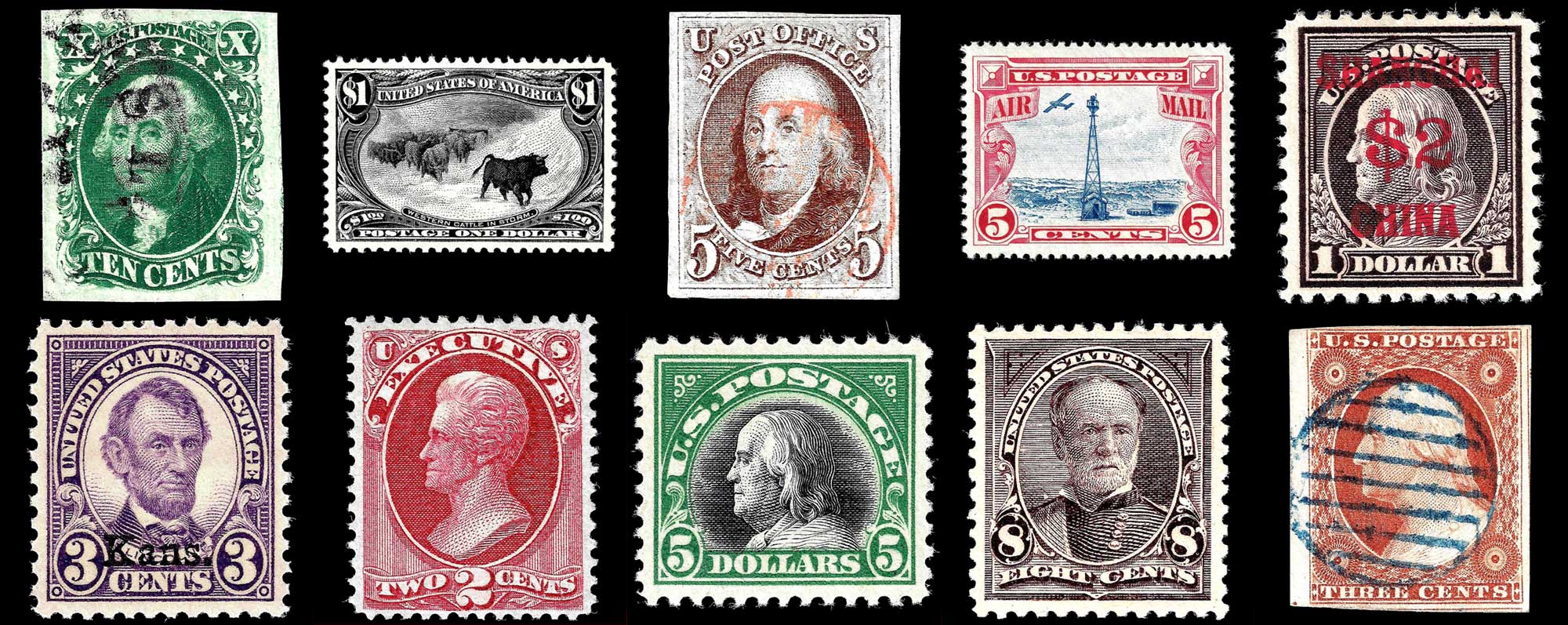The United States Scott #230, part of the celebrated Columbian Exposition issue of 1893, marks a pivotal moment in American philatelic history. This series was issued to commemorate the 400th anniversary of Christopher Columbus’s first voyage to the Americas.
The set included 16 denominations ranging from 1 cent to $5, each illustrating moments from Columbus’s journey or related themes. The 1-cent stamp specifically features the vignette titled “Columbus in Sight of Land”, symbolizing the historic moment when Columbus’s expedition first sighted the New World.
Intended primarily for domestic postal use, this stamp played a role in ordinary correspondence while contributing to the broader celebration of American achievements during the 1893 World’s Columbian Exposition held in Chicago.
The series was notable not only for its thematic focus but also for being the first commemorative stamp series issued by the United States. Variations in color and design quality are evident in this series, as production practices of the era were less standardized than today. Scott #230 does not exhibit major errors but has minor varieties, including subtle color shifts caused by ink inconsistencies.
Design & Print
Scott #230 was printed by the American Bank Note Company, the primary producer of U.S. stamps at the time. The production of the Columbian series required the printing of millions of individual stamps to meet anticipated demand. Approximately 440 million copies of the 1-cent stamp were produced, reflecting its utility and broad usage.
Postal Usage
At the time of its release, the 1-cent denomination fulfilled specific postal rate requirements established under the postal laws of the late 19th century. Scott #230 was most commonly used to pay the single-piece third-class rate for circulars, newspapers, and printed matter. It also covered the postcard rate for domestic and international destinations. The rate structure was governed by the Postal Act of 1879, which categorized and standardized postage rates based on weight and class.
As part of the broader postal system, the 1-cent Columbian saw widespread use, reflecting the high volume of printed materials and correspondence that required low-denomination stamps. This usage underscored its practical role, even as the series itself served a commemorative purpose.
Identification
Scott #230 is identified by its deep blue color, detailed intaglio engraving, and denomination marking of “1 Cent” prominently displayed on the upper corners. The central image of Columbus sighting land is distinct, with carefully rendered details such as the native American Indians depicted at the left and right.
The top left corner says “1492” while the top right corner says “1892”. Not to be confused with the 1992 reissue (Scott #2624a) that says “1992” in the top right corner.
Collectors and postal historians identify Scott #230 using perforations that measure 12 on all sides, typical of stamps from this era. Subtle differences in shade and intensity of the deep blue color may also help differentiate print runs or stages of ink wear during production.































Ask A Question Or Leave A Comment